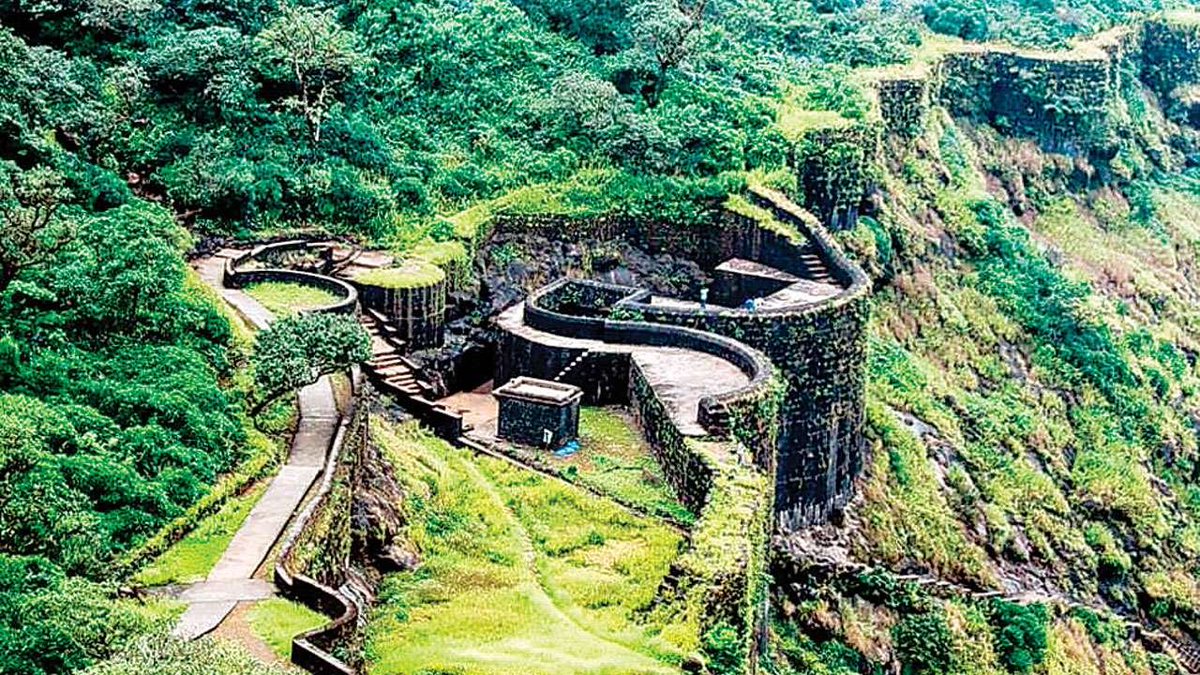
1.
#Thread on the occasion of 280th anniversary of the Battle of Colachel, which took place on 10 August, 1741.
This battle took place between Raja Marthanda Varma's Travancore kingdom, and the Dutch Empire.
#Hindutva #History #Kerala #Travancore
#Thread on the occasion of 280th anniversary of the Battle of Colachel, which took place on 10 August, 1741.
This battle took place between Raja Marthanda Varma's Travancore kingdom, and the Dutch Empire.
#Hindutva #History #Kerala #Travancore

2.
After Raja Martanda Varma's ascension to the Travancore throne in 1729, he adopted expansionist policies through the 1730s (interestingly enough, simultaneously as Bajirao Peshwa's policy vs Mughals in the north).
After Raja Martanda Varma's ascension to the Travancore throne in 1729, he adopted expansionist policies through the 1730s (interestingly enough, simultaneously as Bajirao Peshwa's policy vs Mughals in the north).
3.
The expansion of Travancore into central Kerala threatened the monopoly of the Dutch in black pepper trade. Dutch commander Maten sought to warn Raja Martanda.
But, he received a warning in return, not to interfere in politics of Malabar & stay restricted to trade activities.

The expansion of Travancore into central Kerala threatened the monopoly of the Dutch in black pepper trade. Dutch commander Maten sought to warn Raja Martanda.
But, he received a warning in return, not to interfere in politics of Malabar & stay restricted to trade activities.


4.
The Dutch governor could but only warn; and helplessly witness the rapid progress of Travancore for the next 4-5 years, since the Dutch Indonesia colony wasn’t able to reinforce Dutch Malabar to oppose Raja Martanda Varma.
The Dutch governor could but only warn; and helplessly witness the rapid progress of Travancore for the next 4-5 years, since the Dutch Indonesia colony wasn’t able to reinforce Dutch Malabar to oppose Raja Martanda Varma.
5.
1739: Dutch Governor of Ceylon, Gustaff Willem van Imhoff, sent an envoy, as well as went to Travancore court himself to reverse the Raja's annexations. Martanda Varma did not agree, as he believed he had the upper hand if Dutch declared war on him.
War was inevitable.

1739: Dutch Governor of Ceylon, Gustaff Willem van Imhoff, sent an envoy, as well as went to Travancore court himself to reverse the Raja's annexations. Martanda Varma did not agree, as he believed he had the upper hand if Dutch declared war on him.
War was inevitable.


6.
1739-40: Dutch carried out the war plans of *multi-pronged attacks* on Travancore kingdom, chalked out by van Imhoff. The Dutch captured Kollam, Attingal & Varkala.

1739-40: Dutch carried out the war plans of *multi-pronged attacks* on Travancore kingdom, chalked out by van Imhoff. The Dutch captured Kollam, Attingal & Varkala.


7.
1741: In early 1741, Rani of Elayada Swaroopam was reinstated by the Dutch (her territory was earlier annexed by Raja Martanda Varma).
However, Travancore soundly defeated the combined (Dutch + Rani's) forces which were less sophisticated compared to Travancore's army.
1741: In early 1741, Rani of Elayada Swaroopam was reinstated by the Dutch (her territory was earlier annexed by Raja Martanda Varma).
However, Travancore soundly defeated the combined (Dutch + Rani's) forces which were less sophisticated compared to Travancore's army.

8.
Simultaneously, Dutch reinforcements from Sri Lanka occupied & fortified Colachel during Nov '40 - Feb '41. Dutch captured Travancore territory from Kanyakumari to Colachel.
At Kalkulam, Travancore army under Raja’s command defeated the Dutch to finally arrest their progress.
Simultaneously, Dutch reinforcements from Sri Lanka occupied & fortified Colachel during Nov '40 - Feb '41. Dutch captured Travancore territory from Kanyakumari to Colachel.
At Kalkulam, Travancore army under Raja’s command defeated the Dutch to finally arrest their progress.

9.
The Dutch were pursued back to Colachel. On the 10th Aug, Battle of Colachel took place.
The Dutch had no cavalry, while Travancore was equipped with mostly cavalry force. The Travancore army thus charged, and broke the Dutch lines completely.
The Dutch were pursued back to Colachel. On the 10th Aug, Battle of Colachel took place.
The Dutch had no cavalry, while Travancore was equipped with mostly cavalry force. The Travancore army thus charged, and broke the Dutch lines completely.

10.
Once the lines were broken, the Dutch were thrown into complete chaos & disorder. They immediately retreated from the battlefield.
The Dutch-fortified Colachel also surrendered to Raja Martanda Varma thereafter.
Once the lines were broken, the Dutch were thrown into complete chaos & disorder. They immediately retreated from the battlefield.
The Dutch-fortified Colachel also surrendered to Raja Martanda Varma thereafter.

11.
The defeat at the Battle of Colachel was a huge setback for the Dutch, as it ended all their political aspirations to expand in India, and relegated it to just trading activities.
The defeat at the Battle of Colachel was a huge setback for the Dutch, as it ended all their political aspirations to expand in India, and relegated it to just trading activities.

12.
On the other hand, the Travancore victory at Colachel increased prestige of Raja Martanda Varma. It removed the Dutch as an obstacle to his expansion in central & north Kerala.
#Kerala #Hindutva #Travancore
On the other hand, the Travancore victory at Colachel increased prestige of Raja Martanda Varma. It removed the Dutch as an obstacle to his expansion in central & north Kerala.
#Kerala #Hindutva #Travancore

• • •
Missing some Tweet in this thread? You can try to
force a refresh






















